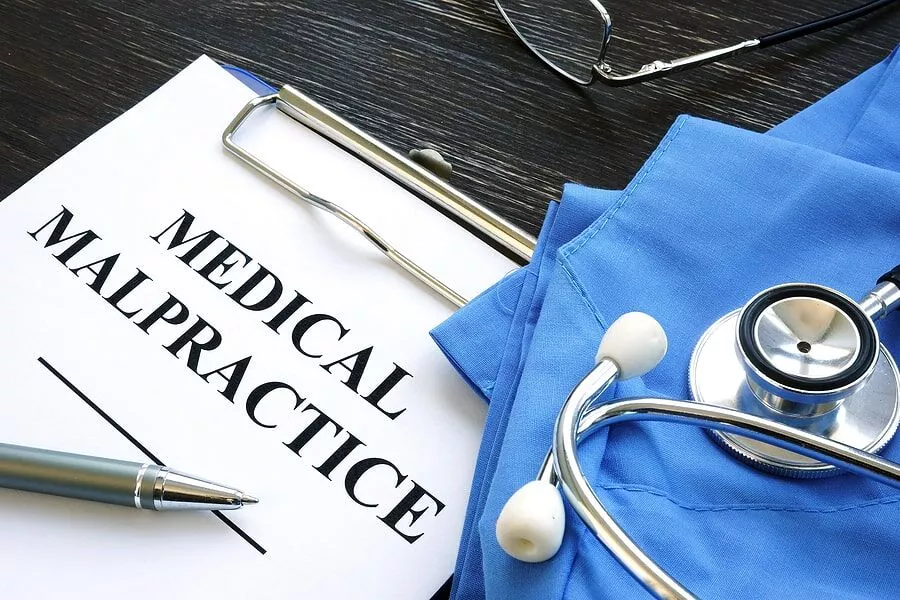We naturally trust doctors, surgeons, nurses, and other medical professionals in charge of our health and wellness. Unfortunately, that trust isn’t always warranted.
In some cases, mishaps by medical professionals can rise to the level of malpractice. If you suspect this has happened, seek the advice of an experienced medical malpractice attorney.
All malpractices are punishable by law, and affected individuals can get compensation for all damages incurred.
What Is Medical Malpractice?
When a healthcare professional provides treatment against accepted standards of care deemed by the medical community and causes injury to a patient, this amounts to medical malpractice.
If your surgeon, doctor, hospital, or other medical professional was negligent medically, they might be on the hook for any potential losses. Medical negligence is defined as a negligent act or omission.
Suppose the victim of the act can prove that the negligent action was directly for the eventual injury. In that case, they can get awarded considerable damages such as lost wages, emotional suffering, and medical expenses.
How Is Medical Malpractice Proven?
To prove medical malpractice, the patient must demonstrate that the healthcare provider behaved negligently and the negligent act directly harmed them. Below you’ll find the common elements that must be present to prove this.
Duty of Care: First, the medical professional must have a duty to care for the patient; this means that the professional is responsible for treating the patient within the typical standard of care.
Breach of Duty: The doctor, physician, or other health professionals must have violated their duty to care for the patient.
Causation: The patient is responsible for proving the medical practitioner’s negligence in duty was the direct cause of the injury.
Damages: The injury must cause either economic or non-economic damages. For instance, they may have endured emotional suffering or incurred additional medical bills.
What Are Some Examples of Medical Malpractice?
Here are the most common examples of medical malpractice:
Not Administering Anesthesia Correctly
- Administering the wrong dose of anesthesia
- Administering the anesthesia too late
- Causing intraoperative awareness by failing to administer anesthesia at all
- Not managing the fluids and medication correctly after administering anesthesia
Birth Injuries
- Excessive Force: When using forceps or a vacuum, the doctor cannot exert more force than necessary on a baby’s limbs or neck. It can cause nerve damage.
- Oxygen Deprivation: A newborn can experience brain damage or cognitive delay if deprived of oxygen for too long. (Ex: umbilical cord around the neck)
- Delayed C-Section: Doctors must perform C-sections promptly. Failure to do so may result in death or injury to the baby.
Misdiagnosis or Delayed Diagnosis
Other examples of conditions caused include:
- Brachial plexus injuries
- Heart attack misdiagnosis
- Shoulder dystocia
- Spinal meningitis diagnosis failure
- Pharmaceutical errors
- VRE infections
- Cerebral Palsy
The awards may cover medical expenses, lost wages, pain and suffering, loss of consortium, and other damages.
What Damages Are Awarded in Medical Malpractice Cases?
The family member of a deceased patient or an injured patient may get a monetary award for the negligence of the hospital or a medical employee.
Here’s a breakdown of the types of compensation that may be available to you if you have a case:
Medical Expenses: Funds to cover doctor visits, hospital stays, prescription drugs, physical therapy, assistive devices, and any past or future costs resulting from the injury.
Loss of Earning Capacity and Lost Wages: If the patient has to miss work because of an injury, they might be eligible to get compensated for lost wages or the inability to work for an extended period.
Pain and Suffering: Damages for pain and suffering are for victims who experience physical pain or emotional distress because of their injuries.
Loss of Consortium: The family members who survived and lost a companion or aid may receive compensation.
Conclusion
In medical malpractice cases, patients may be entitled to compensation commensurate with the damage caused by a medical professional.
While human error is a given, there are certain fields where the margin is slim; hospitals, nursing homes, and other medical staff must be held responsible for their actions.
It’s crucial to ensure that you do the necessary research to determine whether you’re eligible for a malpractice suit.


